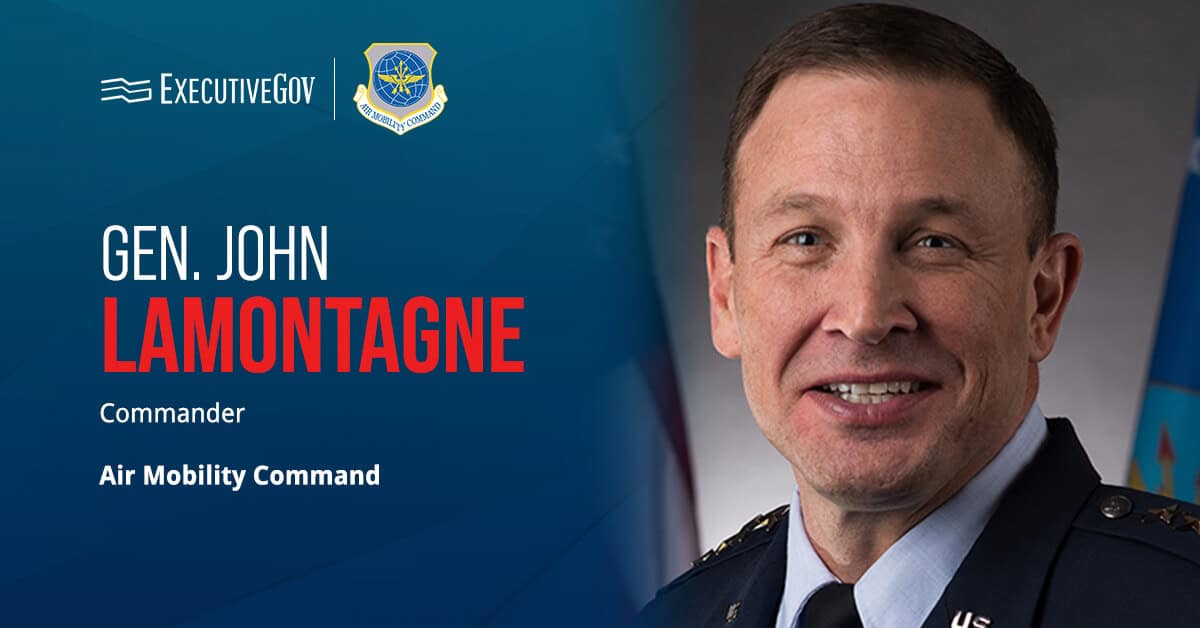Various organizations within the U.S. Army are combining expertise, strategies and test data to develop new ways to ensure the delivery of reliable and accurate positioning, navigation and timing information to the warfighter through M-code.
In a blog post on Wednesday, the Program Executive Office for Intelligence, Electronic Warfare and Sensors, or PEO IEW&S, discussed collaborations that led to the delivery of approximately 27,000 M-Code capable receivers, fielding of over 2,500 ground Assured PNT systems, production of 7,000 precision guidance kits and installation of 46 M-code aviation navigation systems on Blackhawk helicopters in 2024.

Know more about present Army initiatives, programs and efforts at the Potomac Officers Club’s 2025 Army Summit on June 18. Register for the in-person event here.
Army Leading Development of M-Code, Assured PNT Capabilities
Project Manager Combat Ammunition Systems, or PM CAS, worked on upgrading its Precision Guidance Kit M1156 and Excalibur munitions to improve performance in areas where GPS is degraded or denied. In one PGK M1156 variant, PM CAS added an anti-jam capability. The organization plans to field the M1156E5, the new variant of the PGK M1156 with anti-jam capability, in 2026.
Meanwhile, PM Aviation Mission Systems Architecture, or AMSA, upgraded its legacy Embedded GPS Inertial Navigation Systems, or EGIs, by switching from the Selective Availability Anti-spoofing Module cards to M-code GPS receivers. The new Enhanced Aviation Global Air Traffic Management Localizer Performance with Vertical Guidance EGI Military code, or EAGLE-M, has three variants that accommodate the unique needs of over a dozen aviation platforms.
PM PNT deployed rapid and robust software updates to its legacy Defense Advanced GPS Receiver, or DAGR, systems and Ground Based-GPS Receiver Application Modules, also called GB-GRAMs. According to the organization, the update improved system survivability in GPS-challenged environments. When aired with highly capable anti-jam antennas, the update can create the Mounted Assured Positioning, Navigation and Timing System, or MAPS, Generation I capability well-suited to support U.S. Army Europe and U.S. Pacific Command missions.
“This partnership was critical to the Army’s transition from legacy GPS to Assured PNT,” commented Mike Trzeciak of PM PNT. “Not only did our partnership facilitate the fielding of key capabilities to soldiers, it also enabled the development of the next generation of technologies like software-defined radios, vision-aided and alternative navigation to diversify, secure and provide trustworthy PNT.”





